1. Coastal Properties
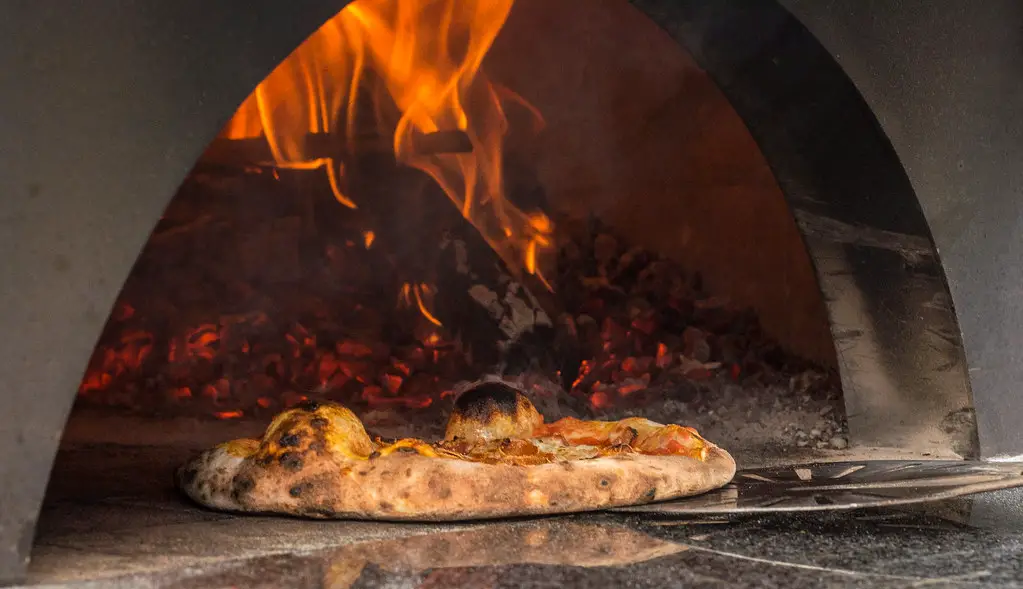
Rising sea levels and stronger hurricanes have made coastal properties riskier investments. Flooding and storm damage are leading insurers to limit coverage or hike premiums for homes near water. Some regions are even seeing insurers pull out of the market entirely.
2. Homes in Wildfire-Prone Areas
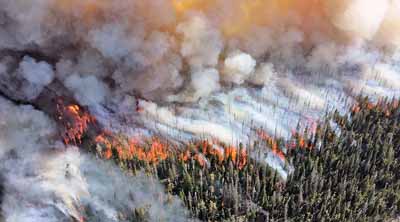
With wildfires becoming more frequent and severe due to climate change, homes in high-risk zones are increasingly difficult to insure. Insurers are either raising premiums significantly or denying coverage altogether. Homeowners in these areas may need to explore specialized insurance policies, which can be costly.
3. Older Homes
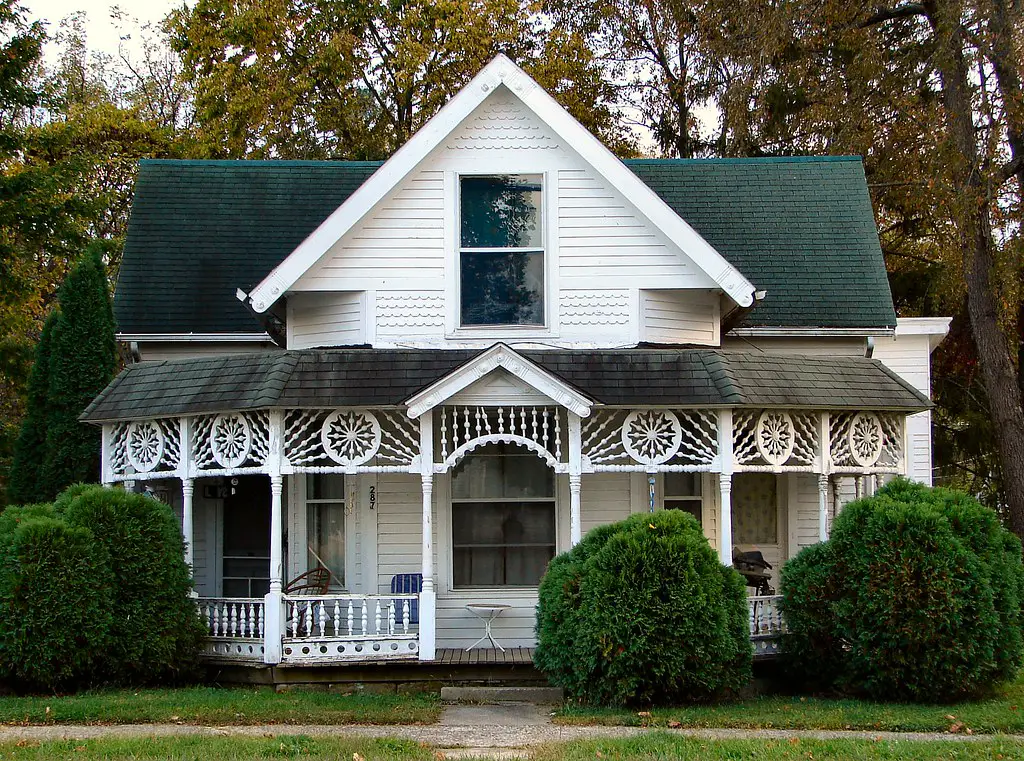
Houses built decades ago, especially those with outdated plumbing, wiring, or roofing, are harder to insure. The potential for costly repairs and safety hazards makes them a liability for insurance companies. Renovations and upgrades may help secure coverage but often come at a steep price.
4. Homes with Flat Roofs
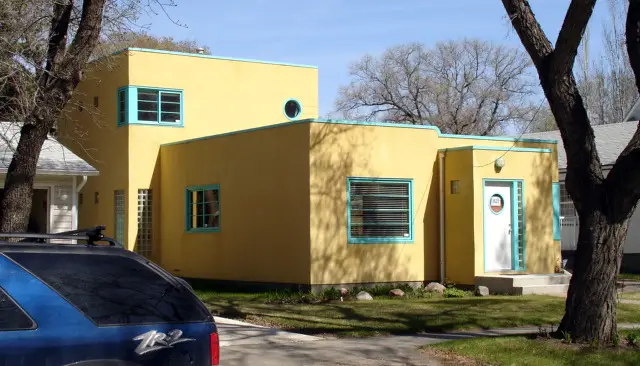
Flat roofs are prone to water pooling, which can lead to leaks and structural damage. Insurers see them as higher risk compared to sloped roofs that allow water to drain easily. This feature is becoming a red flag for many insurance providers.
5. Vacant Properties
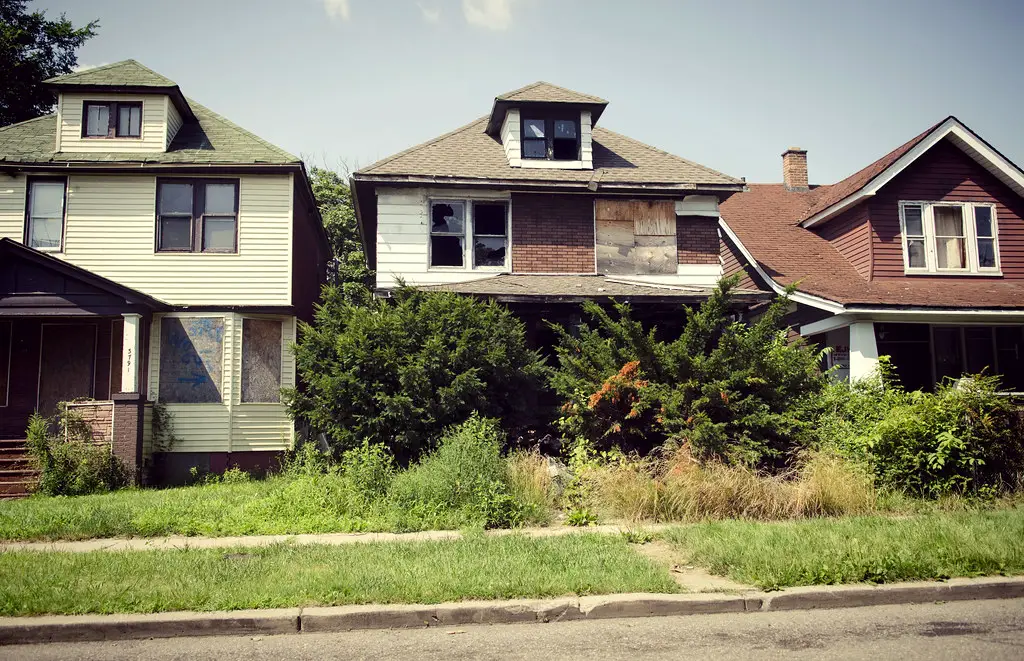
Vacant homes are more susceptible to vandalism, theft, and unnoticed damage, like burst pipes or fires. Insurers often charge higher premiums or require specialized policies for these properties. Prolonged vacancy can make securing affordable coverage even more challenging.
6. Luxury Estates
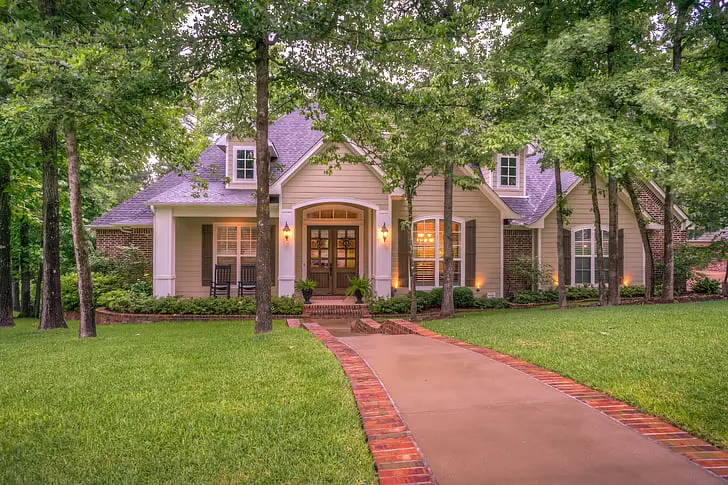
High-end homes with extravagant features like pools, custom finishes, or advanced technology can be expensive to insure. Their replacement costs and vulnerability to theft or damage drive up premiums. Insurers may also require detailed appraisals and additional endorsements.
7. Homes in Tornado Zones
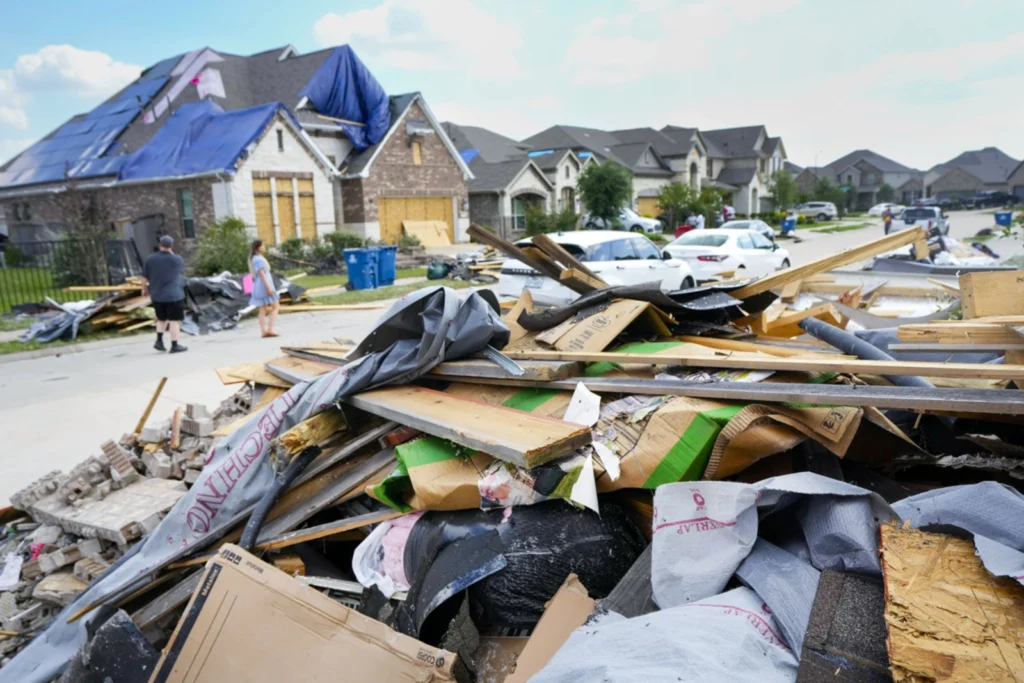
Properties in areas known for frequent tornadoes face increasing insurance challenges. The risk of catastrophic damage makes insurers wary, leading to limited coverage options or high deductibles. Reinforced construction can help, but it’s not always a guarantee for better rates.
8. Mobile and Manufactured Homes

Mobile and manufactured homes are often considered less durable than traditional construction, especially during extreme weather events. Insurers are becoming stricter about covering these properties, and when coverage is available, premiums tend to be high.
9. Homes with In-Ground Oil Tanks

Homes with older oil tanks for heating pose environmental and financial risks due to potential leaks. Cleanup costs for contaminated soil are significant, and insurers are increasingly reluctant to cover these liabilities. Upgrading to modern systems can help but is often costly.
10. Log Cabins and Unique Builds
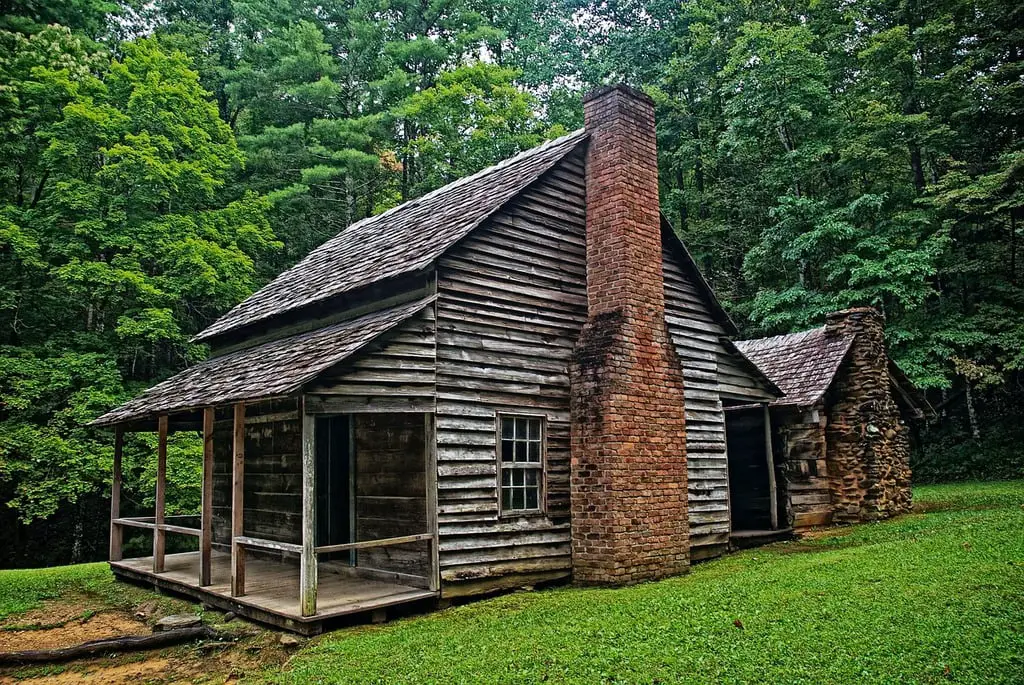
Log cabins and architecturally unique homes are harder to insure due to their unconventional materials and construction methods. Insurers may struggle to assess replacement costs, leading to limited or expensive coverage options. Owners of these homes often need specialized insurance.
11. Vacation Rentals
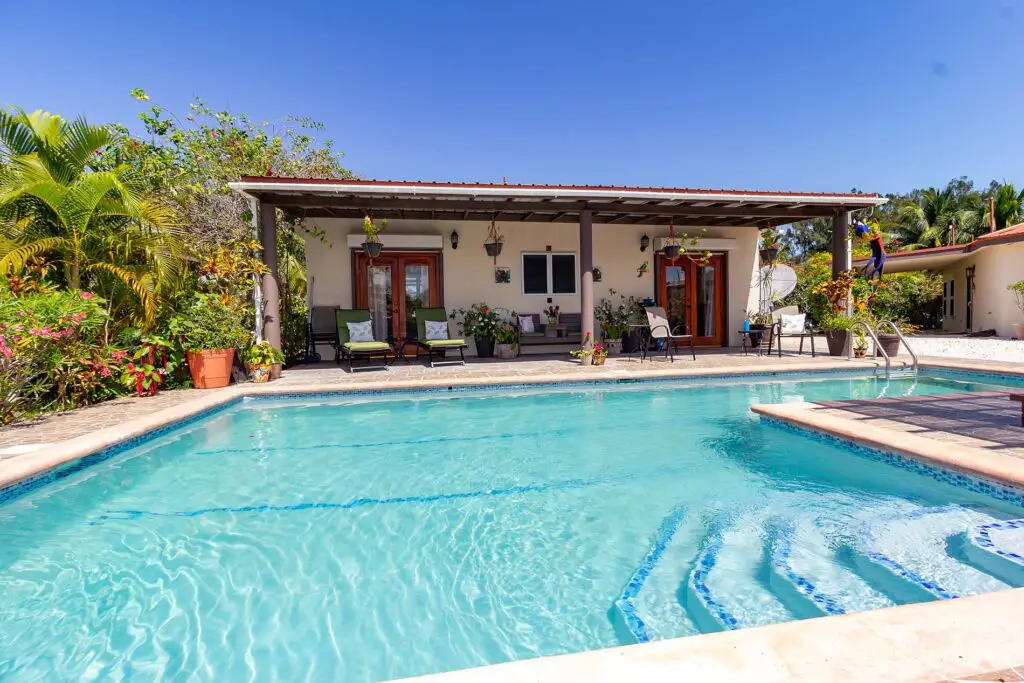
Short-term rental properties, like those listed on Airbnb or VRBO, are considered higher risk due to the frequency of different occupants. Increased liability and potential for property damage make insurers cautious. Owners often need specialized landlord or rental property insurance.
12. Homes in Flood Zones
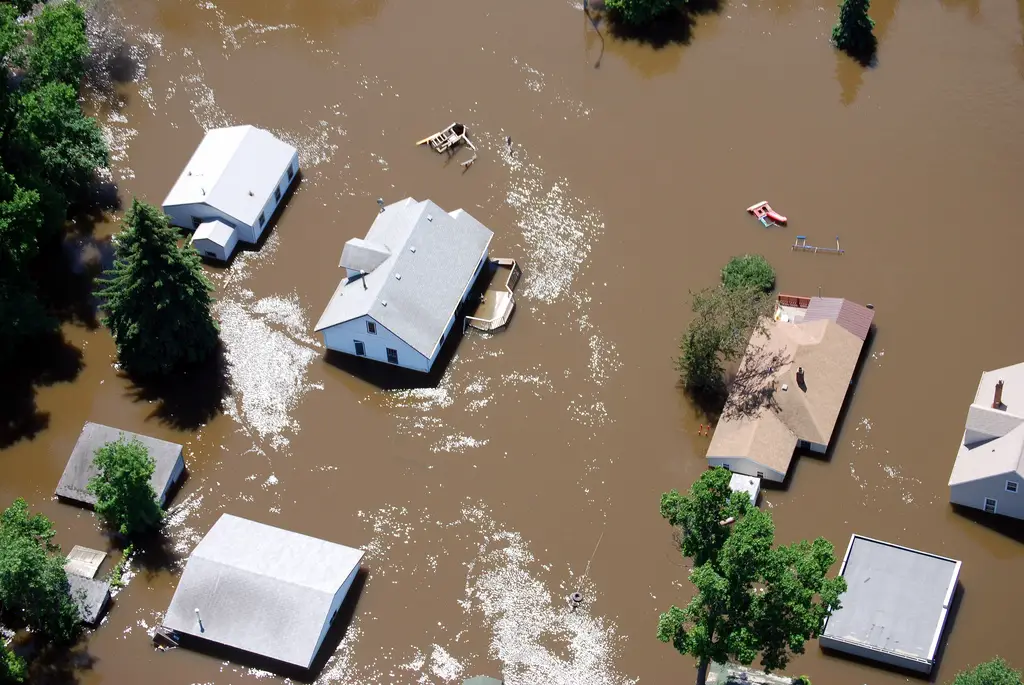
Flood-prone homes are some of the most difficult to insure, especially as FEMA updates flood maps to reflect greater risk. Standard home insurance doesn’t cover flooding, and federal flood insurance premiums have risen dramatically. Some insurers are declining to provide coverage altogether in these areas.
13. Energy-Independent Homes

Homes with off-grid features, such as solar panels, wind turbines, or water recycling systems, can be harder to insure. Insurers often view these technologies as unfamiliar and potentially expensive to repair or replace. While eco-friendly, these homes may require specialized policies at higher costs.
